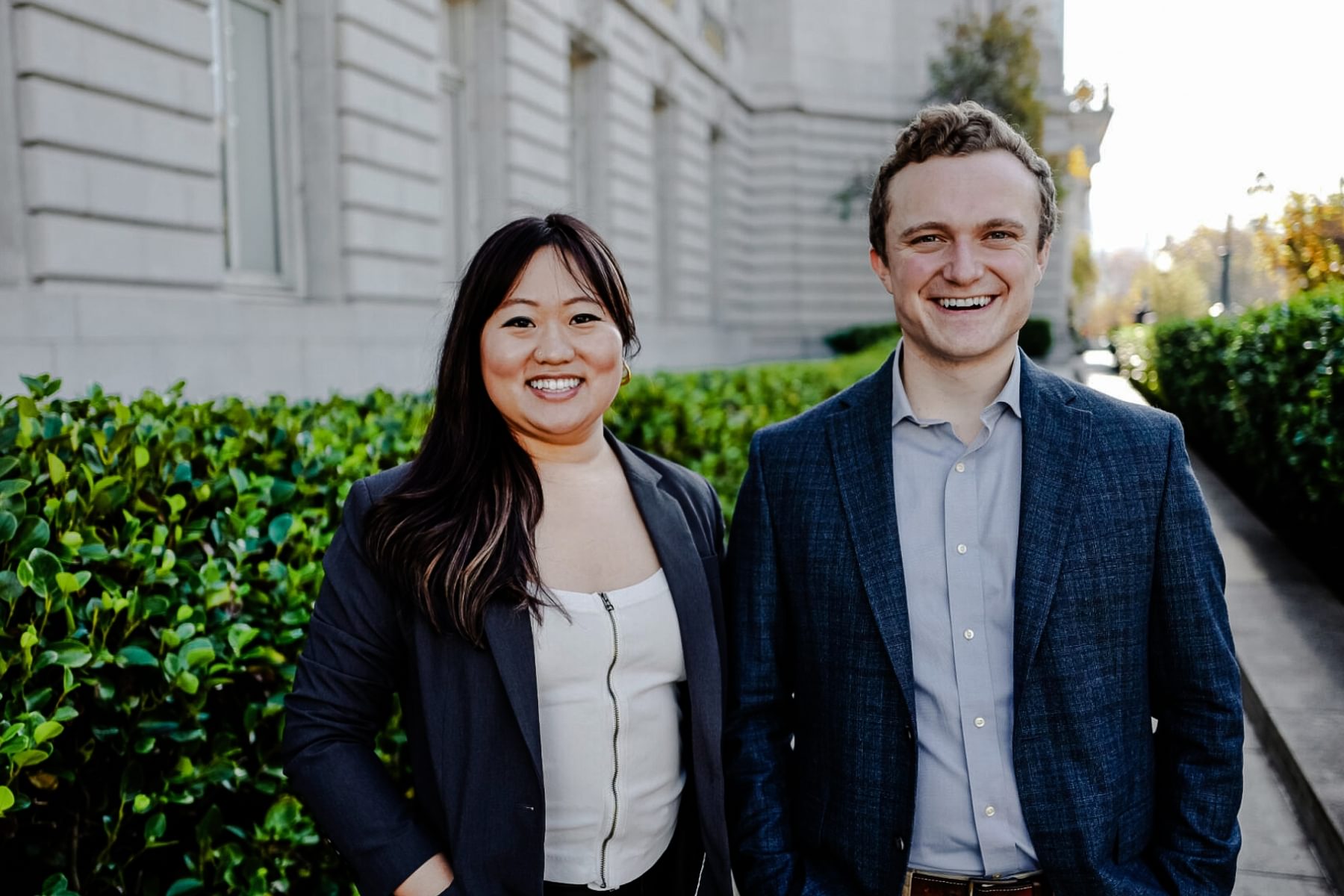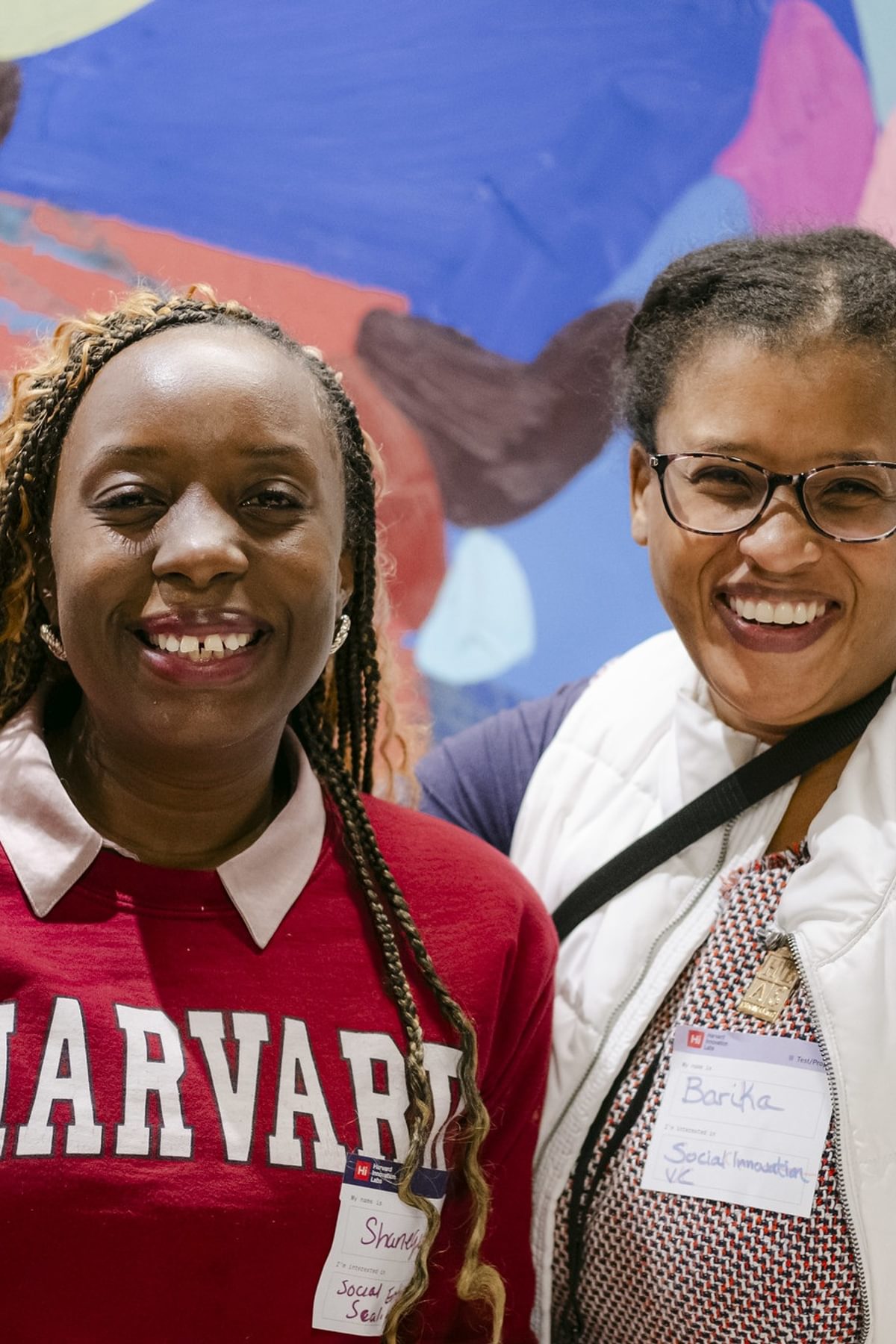Last week, while exploring identity and trust, one Bits + Blocks team headed for the Boston Registry of Motor Vehicles. The weather was cold and rainy, and the team went at noon, when they figured the RMV would be slammed. As team member Shuya Gong put it:
“What better way to understand issues around identity than to get your own identity proven and verified by the State of Massachusetts?”
Shuya was optimistic as she sat in a waiting room with about eighty other people, including teammates Eric Chan, Chrisoula Kapelonis, and Spencer Powers. Monitors played insurance ads and pop culture news — the Prince of Sweden recently got married — while a flat, automated voice called out numbers.
Shuya’s in her early twenties; she’s calm and methodical, and often waxes philosophical. Since Shuya doesn’t drive, she doesn’t have a license, and uses a passport to prove her identity. Still, she expected getting a state ID to be pretty easy: she’s a permanent resident in the U.S., and had pay stubs, a passport, and a social security card.
When her number was called forty minutes later, she disappeared around a corner toward a long line of windows — then returned after just a few minutes. Her teammates raised their hands, waiting for high-fives. Shuya shook her head.
“I got rejected!”
Everyone was surprised. Eric’s interested in topics like memory and virtual reality, and has the air of someone in on a joke with the universe; he quietly laughed in disbelief. Chrisoula, who has her own personal stories about identity (there are four Chrisoulas in her family) was also baffled. She pointed out that Shuya had everything the form asked for, and wondered why exactly she couldn’t get an ID.
“Even with access to all these resources, I still can’t prove my identity for a state ID. I can’t imagine how hard it is for someone who might not have a pay stub, or other paperwork.” The clerk, Shuya said, couldn’t accept the pay stub as proof of residence, since her mail goes to a university mail center, rather than her physical address.
“Even with access to all these resources, I still can’t prove my identity for a state ID. I can’t imagine how hard it is for someone who might not have a pay stub, or other paperwork.”
Imagining someone else’s lived experience — and making things that will improve that experience — is at the core of the Bits + Blocks Lab. Real value comes from making things people need, and the most effective way to figure out what other humans need is to get close to them, and their respective realities. This is why empathy drives the design process.
Right now, Bits + Blocks teams have created simple prototypes that exist at the level of sketches. They’re much more than the back-of-a-napkin, though not fully realized, either. Which means there’s still plenty of space for change; the whole idea of making prototypes is, after all, to go out and show things to other people. To provoke responses. To get feedback. To get concrete, and make again.
The whole idea of making prototypes is, after all, to go out and show things to other people.
A few days before the RMV visit, teams spent a day sketching out ideas for prototypes. IDEO Design Researcher Ann Kim sat down with one group that was stuck; they were doing tons of research online, but hadn’t found a theme they felt passionate about, and could focus in on.
“Pick a question, pick a scenario; let’s just start sketching around that,” said Ann.
Markers and paper in hand, the team — including Ann, and IDEO Environments Designer Lauren Kim — started to draw. They fell into a rhythm of sketching and talking: each person spoke as they finished a drawing, got questions and feedback, and then the conversation ebbed as the group went back to drawing. After an hour the team had a big collage of sketches. Everyone seemed more relaxed, and more excited about testing ideas with users the next day.
“We realized we actually felt best when getting real feedback, rather than theorizing,” said Bruno Olmedo later. Bruno’s lively and upbeat, and seems to thrive on brainstorming. His group had started to do surveys and interviews — and decided to make changes based only on “feedback from real people.”
Having such conversations is a big part of the process, as is learning to inhabit and read those interactions. Bruno’s team has been tackling real estate, an industry that’s commonly associated with fears about lack of transparency, and the potential for buyer’s remorse. A few days after the sketch session, all twenty-six students sat in a semicircle in a carpeted classroom and looked on as Michelle Kwasny, a Design Researcher, helped that team walk through a mock interview with her co-worker and first-time home buyer Reid Williams.
“Should we take off our shoes?” said Michelle after introducing herself, still standing at an imaginary door.
It was a simple first question, yet it also showed the sort of attention and sensitivity that allows a good design researcher to build empathy. Rather than jumping into the world of real estate right away, she started out by noticing the details of Reid’s daily life.
Reid showed interviewers where to put shoes, offered a little tour, then gestured to an image projected on the wall, of an airy living room and a woman on her laptop.
“And you can see my wife is in the corner, quietly working. Hopefully we won’t disturb her.”
When the group finally sat down, Michelle asked Reid to talk about the buying process. She didn’t just ask questions and take notes; she pulled out paper and markers, and asked him to draw a map of the journey — from the first moment he and his wife thought about buying a house — to the day it became theirs, then to describe each step.
Other team members stepped in to show Reid sketch-level prototypes of designs for improving the buying process, and asked him for feedback.
“When we put in our offer it was like this mysterious thing,” he said. Kathy Wu and Bruno Olmedo had just shown him a prototype that focused on the moment of bidding. “I kind of imagined a smoke-filled room with our realtor and agent figuring it all out. It just felt very opaque to me.”
Here, Michelle paused so the group could zoom out.
“You see how in an interview like this you start to get much more granular about the thing you’re looking for?” she said. “Yet all this other stuff is helping you create context, too. Which is really important for building that empathy that we’ve been talking about.”
A few days later, another team interested in social giving interviewed a woman who works at a nonprofit, and also donates to nonprofits. The team knew that many people already give to charities, and that a lot of younger people want to give — but that the actual process of giving can sometimes feel awkward or even old-fashioned . So the team asked the interviewee to draw the journey of giving, and to evaluate some prototypes. They spent an hour talking with her — and almost two hours debriefing.
“I think every single one of us wants to create something that will change the world.”
“We had one prototype we showed her, that we already felt unsure about,” said Jayne Everson. “She had a visceral gut ‘ew’ reaction. She really hated it — which was great to know. We went back and did another iteration based on her feedback; we were able to refine the prototype, and now it’s on another level.”
Jayne’s background is in education; she’s the first to admit she’s “passionate about pedagogy,” and it wasn’t surprising to hear her say she liked knowing the reaction the prototype elicited, even if it was negative.
“I think every single one of us wants to create something that will change the world,” said Jayne’s teammate Ryan Hatch. Ryan tends toward sweet and insightful: a few minutes later he compared his team, detail by detail, to a confetti cake. He said it’s often hard to know if what teams are making is going to be useful — but that interviews are becoming his favorite part of the design process, and Jayne agreed.
“I keep going back to the first week we were here,” she said. “Someone said, ‘Really, just get used to this feeling of being uncomfortable."





